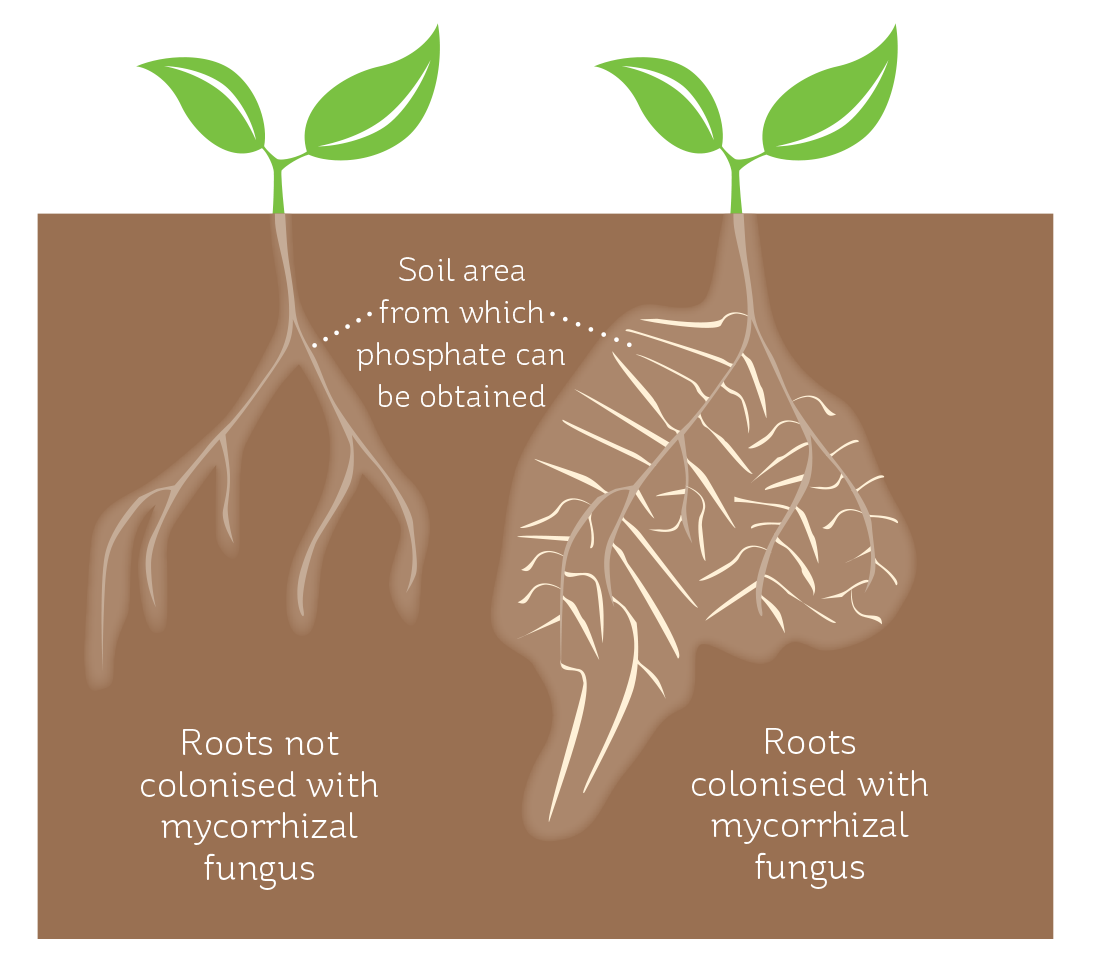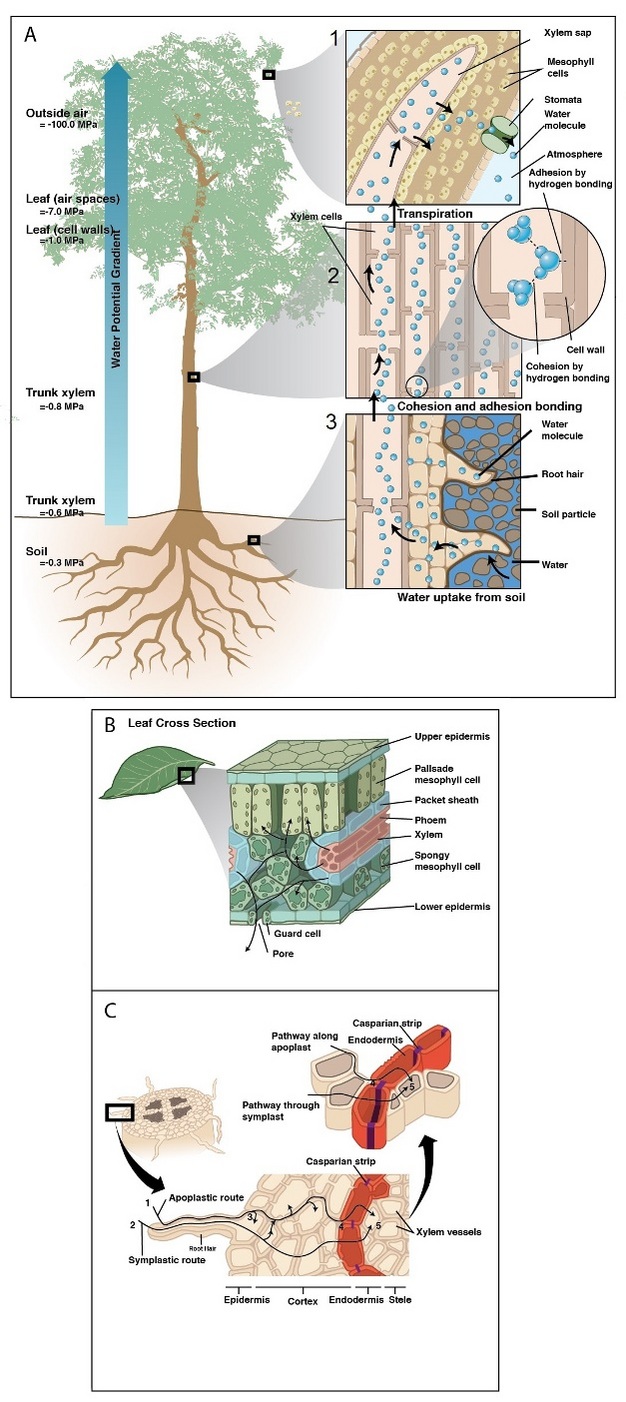“`html
plant Uptake: A Comprehensive Overview
Plant Uptake: A Comprehensive Overview
Plant uptake is the process by which plants absorb water and essential nutrients from their surrounding environment. This complex process is fundamental to plant growth, development, and survival. It involves a network of interconnected mechanisms, each playing a crucial role in ensuring that plants obtain the necessary resources for thriving. This article delves into the intricacies of plant uptake, exploring the various pathways, factors influencing uptake, and the significance of this process in plant physiology.
Water Uptake: The Foundation of Plant Life
Water is indispensable for plant life, serving as a solvent for nutrients, a medium for transport, and a crucial component in photosynthesis. The primary pathway for water uptake is through the roots, specifically the root hairs, which significantly increase the surface area available for absorption.
The Role of Root Hairs

Root hairs are microscopic, tubular extensions of epidermal cells that penetrate the soil, maximizing contact with water and nutrients. Their delicate structure allows them to navigate through soil pores, reaching water films surrounding soil particles. The process of water uptake is driven by a water potential gradient, moving water from an area of high water potential (soil) to an area of low water potential (root cells).
Pathways of Water Movement
Once water enters the root hairs, it moves through the root cortex via three main pathways:
Apoplastic Pathway
This pathway involves water movement through the cell walls and intercellular spaces, avoiding the cell membranes. It’s a relatively fast process but is eventually blocked by the Casparian strip in the endodermis.
Symplastic Pathway
Here, water moves through the cytoplasm of cells, passing from one cell to another via plasmodesmata, which are small channels connecting adjacent cells. This pathway allows for selective transport as water must cross cell membranes.
Transmembrane Pathway

This involves water moving across cell membranes, entering and exiting cells through water channels known as aquaporins. It provides precise control over water movement.
The Casparian Strip and Endodermis
The Casparian strip, a band of suberin (a water-impermeable substance) in the endodermal cell walls, forces water to enter the symplast, ensuring that all water and dissolved minerals pass through the cell membrane. This selective barrier regulates the entry of substances into the vascular cylinder, where xylem vessels transport water upwards to the rest of the plant.
Nutrient Uptake: Essential Elements for Growth
Plants require a variety of essential nutrients for growth, development, and reproduction. These nutrients are categorized as macronutrients (required in large amounts) and micronutrients (required in trace amounts).
Macronutrients
Macronutrients include nitrogen (N), phosphorus (P), potassium (K), calcium (Ca), magnesium (Mg), sulfur (S), carbon (C), hydrogen (H), and oxygen (O). They play vital roles in various physiological processes.
Nitrogen (N)

Essential for protein synthesis, nucleic acid formation, and chlorophyll production. Nitrogen deficiency leads to stunted growth and yellowing of leaves (chlorosis).
Phosphorus (P)
Crucial for energy transfer (ATP), nucleic acid synthesis, and cell membrane structure. Phosphorus deficiency results in poor root development and purple coloration of leaves.
Potassium (K)
Involved in osmotic regulation, enzyme activation, and stomatal opening and closing. Potassium deficiency causes yellowing of leaf margins and reduced growth.
Calcium (Ca)
Important for cell wall structure, cell signaling, and enzyme cofactor. Calcium deficiency leads to stunted root growth and blossom-end rot in fruits.
Magnesium (Mg)
A central component of chlorophyll and a cofactor for many enzymes. Magnesium deficiency causes interveinal chlorosis (yellowing between leaf veins).
Sulfur (S)
Essential for protein synthesis and enzyme activity. Sulfur deficiency results in general chlorosis and stunted growth.
Micronutrients
Micronutrients, although required in small amounts, are equally important for plant health. They include iron (Fe), manganese (Mn), zinc (Zn), copper (Cu), boron (B), molybdenum (Mo), and chlorine (Cl).
Iron (Fe)
Essential for chlorophyll synthesis and electron transport. Iron deficiency causes interveinal chlorosis, particularly in young leaves.
Manganese (Mn)
Involved in photosynthesis, enzyme activation, and nitrogen metabolism. Manganese deficiency results in chlorotic and necrotic spots on leaves.
Zinc (Zn)
Crucial for enzyme activity, protein synthesis, and auxin metabolism. Zinc deficiency leads to stunted growth and small, distorted leaves.
Copper (Cu)
Essential for enzyme activity, electron transport, and cell wall metabolism. Copper deficiency causes wilting and dieback of young shoots.
Boron (B)
Important for cell wall synthesis, sugar transport, and flowering. Boron deficiency leads to stunted growth and deformed leaves and fruits.
Molybdenum (Mo)
Essential for nitrogen fixation and nitrate reduction. Molybdenum deficiency causes nitrogen deficiency symptoms.
Chlorine (Cl)
Involved in osmotic regulation and stomatal opening. Chlorine deficiency results in wilting and reduced growth.
Mechanisms of Nutrient Uptake
Nutrient uptake involves various mechanisms, including:
Mass Flow
Nutrients dissolved in the soil water move towards the roots along with the water flow driven by transpiration.
Diffusion
Nutrients move from an area of high concentration in the soil to an area of low concentration near the root surface.
Root Interception
Roots grow into new soil areas, encountering fresh nutrients.
Active Transport
Plants use energy to transport nutrients against their concentration gradient, often facilitated by membrane transport proteins.
Mycorrhizal Associations
Many plants form symbiotic associations with mycorrhizal fungi, which significantly enhance nutrient uptake, particularly phosphorus. The fungal hyphae extend far beyond the root zone, increasing the surface area for nutrient absorption.
Factors Influencing Plant Uptake
Several factors can influence plant uptake, including:
Soil pH
Soil pH affects the availability of nutrients. For instance, iron is more available in acidic soils, while phosphorus is more available in neutral to slightly acidic soils.
Soil Temperature
Soil temperature influences root growth and metabolic activity, which in turn affects nutrient and water uptake. Optimal temperatures promote efficient uptake.
Soil Moisture
Soil moisture is essential for nutrient availability and movement. Water acts as a solvent and transport medium for nutrients.
Soil Aeration
Adequate soil aeration is crucial for root respiration and nutrient uptake. Poor aeration can lead to root damage and reduced uptake.
Nutrient Availability
The concentration of nutrients in the soil directly impacts uptake. Deficiencies or excesses can limit plant growth.
Plant Species and Genotype
Different plant species and varieties have varying nutrient requirements and uptake efficiencies.
Microbial Activity
Soil microorganisms play a vital role in nutrient cycling and availability. They can enhance or inhibit nutrient uptake.
Significance of Plant Uptake
Plant uptake is fundamental to:
Plant Growth and Development
Adequate water and nutrient uptake ensures healthy growth, robust development, and high productivity.
Photosynthesis
Water and essential nutrients are required for photosynthesis, the process by which plants convert sunlight into energy.
Nutrient Cycling
Plants play a crucial role in nutrient cycling, absorbing nutrients from the soil and incorporating them into organic matter.
Ecosystem Function
Plant uptake influences ecosystem processes such as carbon sequestration, water regulation, and nutrient distribution.
Agricultural Productivity
Understanding plant uptake is essential for optimizing fertilizer application, improving crop yields, and ensuring sustainable agriculture.
Conclusion
Plant uptake is a complex and vital process that underpins plant life and ecosystem function. By understanding the mechanisms and factors influencing uptake, we can optimize plant growth, enhance agricultural productivity, and promote sustainable environmental practices. Further research into the intricacies of plant uptake will continue to provide valuable insights into plant physiology and ecology.
“`
